Case studies have been hailed as a highly effective tool for content marketing—especially for nurturing readers through the middle of the funnel (MOFU) and bottom of the funnel (BOFU).
This long-form content style is also becoming more common as more marketers discover its value. According to Hubspot’s 2021 State of Marketing report, more than 30% of marketers use case studies as a primary marketing media—up from 13% in 2020.
If you’re new to the world of case studies, we’ll be diving into what case studies are, why they’re important, and how to create your own. We’ll also highlight some compelling case study examples that you can learn from.
What is a case study?
A good case study highlights customer stories showing the following:
- The problems the business faced before using a product or service
- How the product or service proposed to solve the problems
- The before and after of using a product or service
- The measurable positive impact of the product or service on metrics such as click-through rate, website traffic, or sales
While case studies are most often product or service-focused, sometimes businesses use them to share their brand or founder story.
These types of case studies typically focus on organizational progress, such as how they grew their revenue or website traffic. One example is this Outfunnel case study on how the team saved over 80% of its time with user onboarding.
Why are case studies important?
They may not suit every business. But case studies are beneficial, for example, for helping SaaS brands reach future customers.
If they make sense for your industry, case studies should be an important part of your content marketing strategy for many reasons.
Three reasons you should incorporate them as soon as possible are:
- To provide value to your audience: At its core, the best marketing doesn’t just drive sales; it serves its audience. Case studies are a brilliant way to teach your audience tips they can incorporate into their businesses. It can also serve as research for industry experts to quote.
- To show off your expertise: A great case study is a perfect blend of data and storytelling. It showcases your expertise to your target audience, most likely dealing with similar issues. By telling a good story in your case studies, you’re essentially saying, “Look how we made everything better for X client—we can do that for you, too.”
- As social proof: Because case studies are available to the public, they’re undeniable social proof—better than hard-to-believe testimonials with client initials. This makes them extra valuable as MOFU and BOFU content; they can drive sales at the click of a button.
Good to Know: Not sure how to use case studies? They work well as lead magnets, landing pages, repurposed blog posts, and, if you have the capacity, even video content!
12 real-life case study examples to bookmark in 2025
Reading about the mechanics of case studies is more straightforward than writing case studies from scratch.
That’s why we’ve gathered 12 real-life marketing case study examples you can review before you embark on creating yours.
1. Bynder | Siemens Healthineers
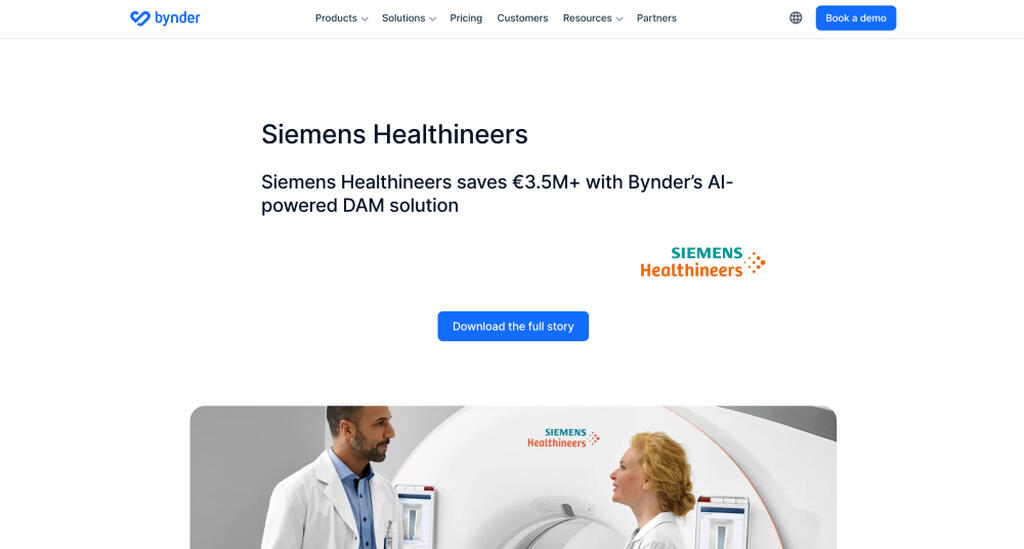
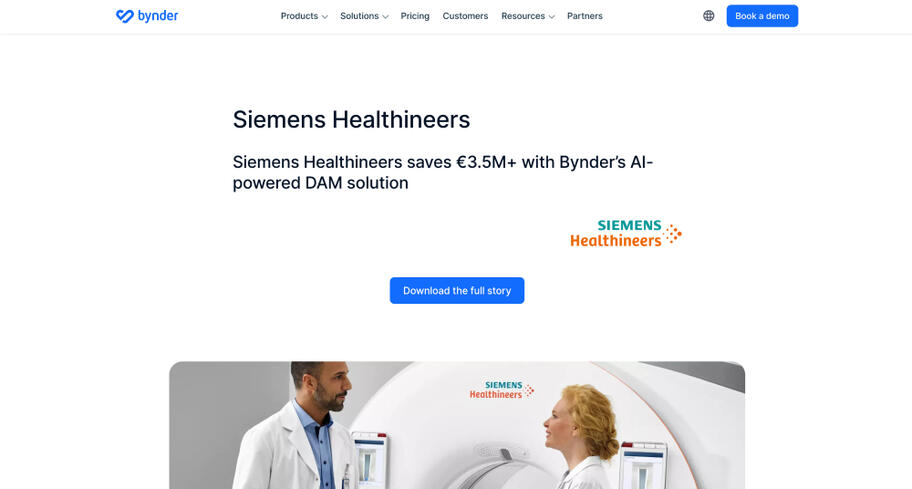

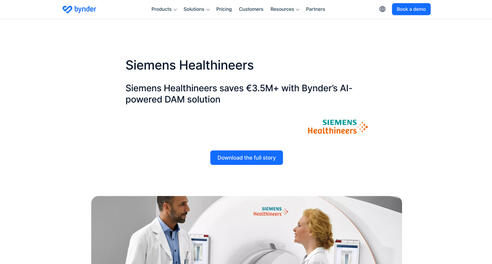
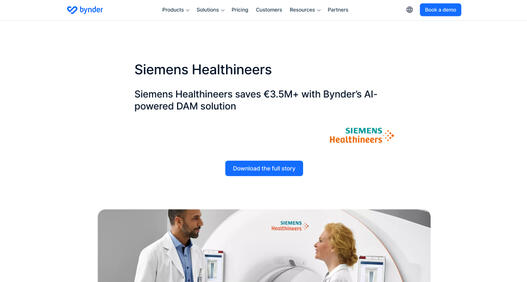
What works: In this great case study, Bynder includes quotes from the client (Siemens Healthineers) about how Bynder’s AI-powered DAM improved their efficiency. This narrative provides a human touch, enabling readers with companies facing similar challenges to resonate with Siemens Healthineers' journey towards efficiency and cost savings.
View more customer stories.
2. Omniscient Digital | AppSumo
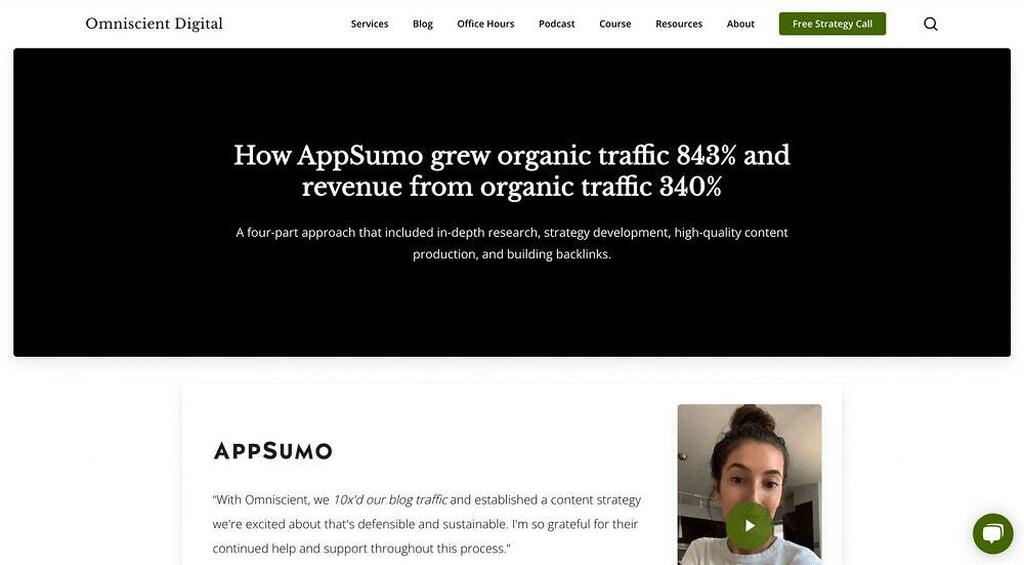

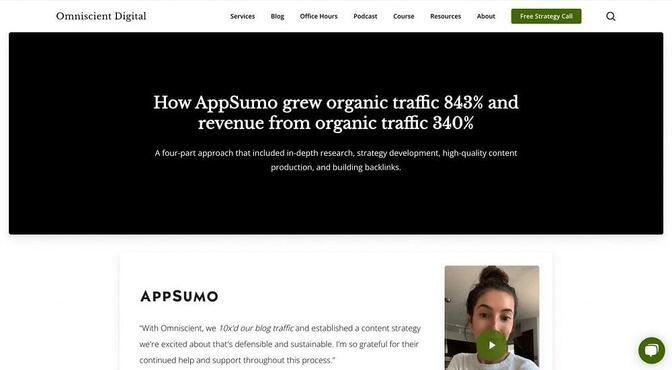
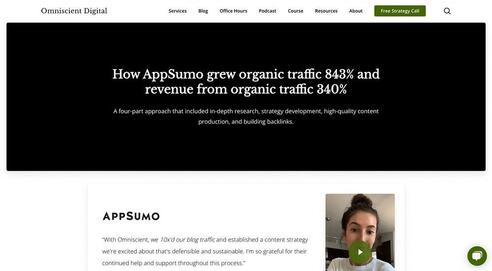
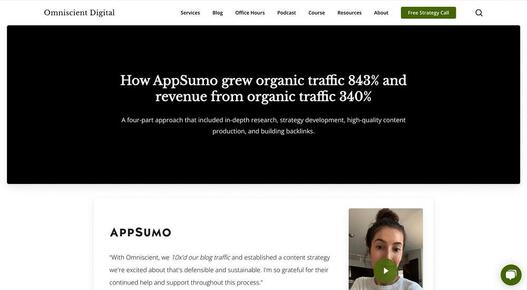 Omniscient Digital case study example
Omniscient Digital case study example
What works: Omniscient Digital includes client feedback in video format and shares the results they achieved in a digestible bullet point format.
3. Bit.ly | Vissla
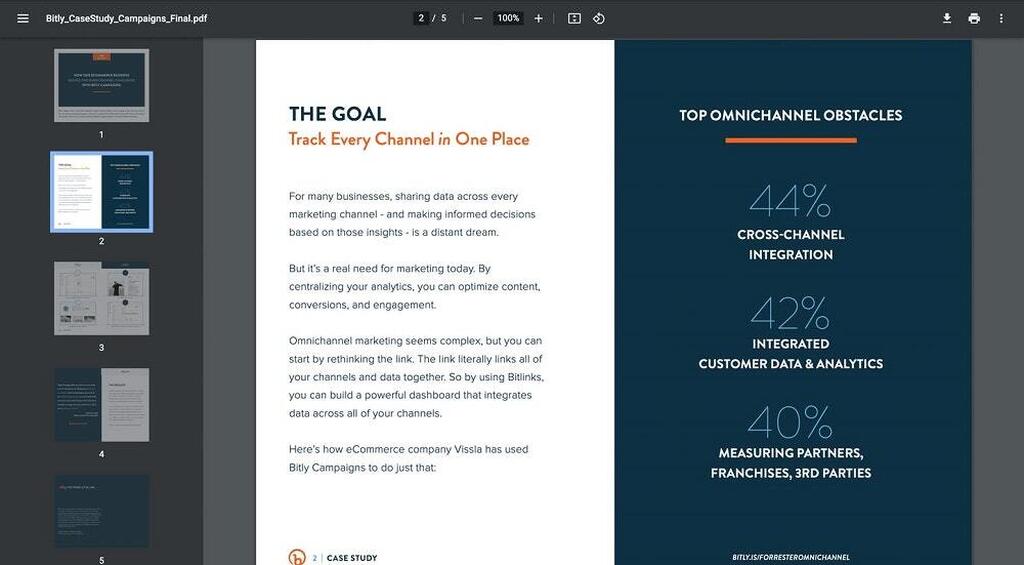

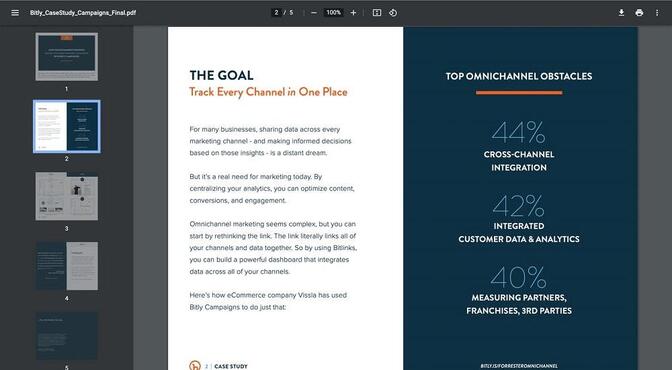
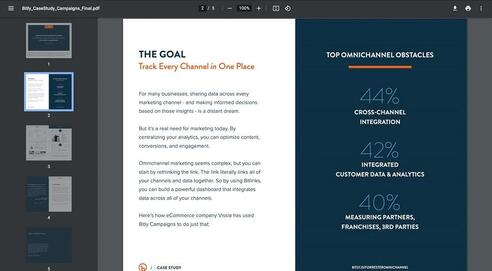
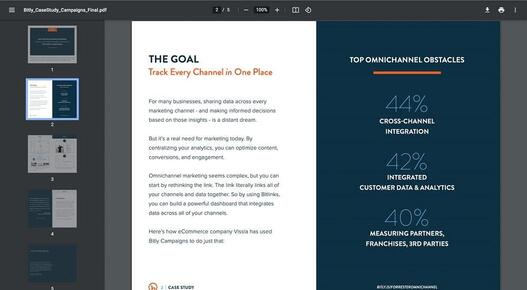 Bitly case study example
Bitly case study example
What works: Besides hosting this case study on their website, Bit.ly provides a PDF link that can both be viewed online or downloaded. Plus, the PDF is visually appealing and easy to read.
4. Asana | Autodesk
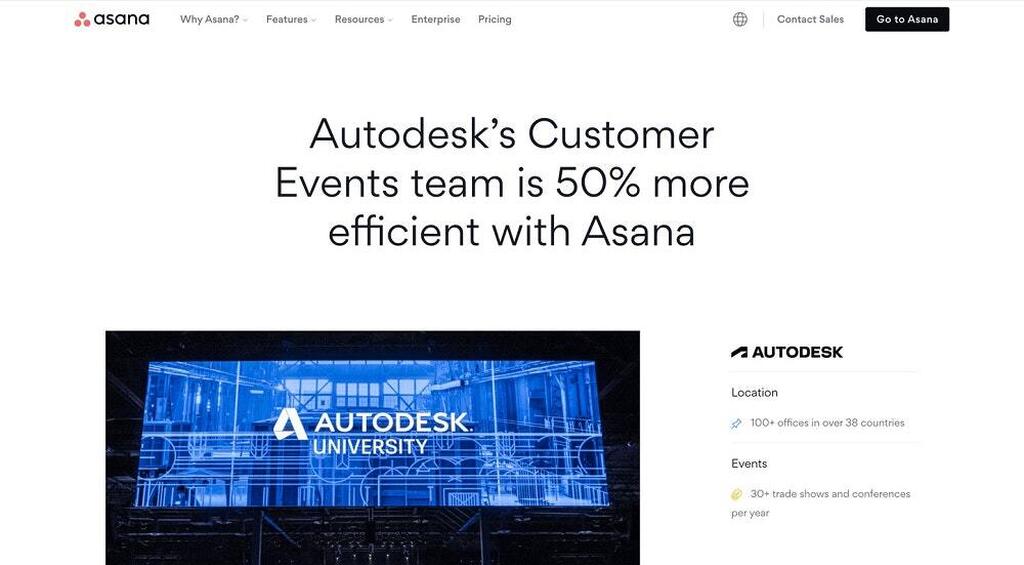
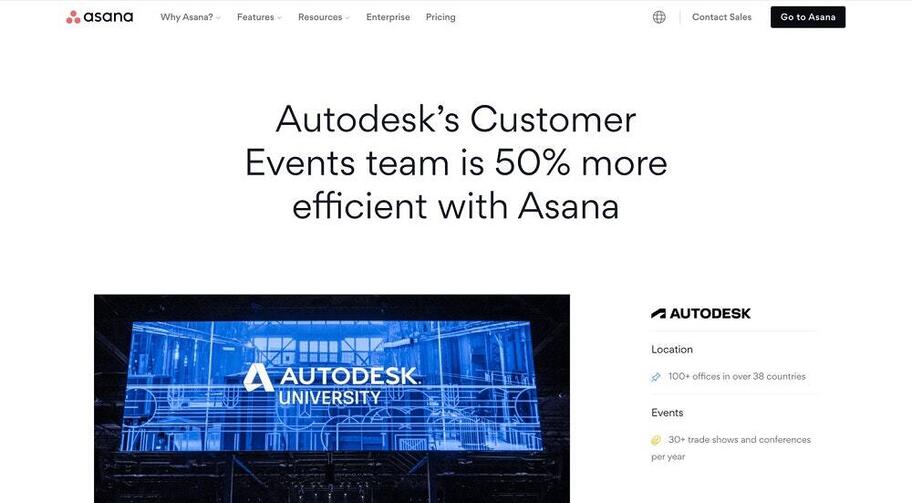
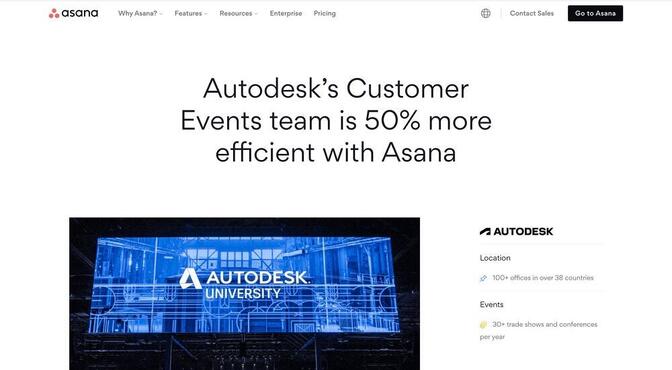

 Asana case study example
Asana case study example
What works: Asana leads with their impact and includes basic information about their client to the right of the page so the reader immediately gets bite-sized background information.
5. Shopify | Bombas
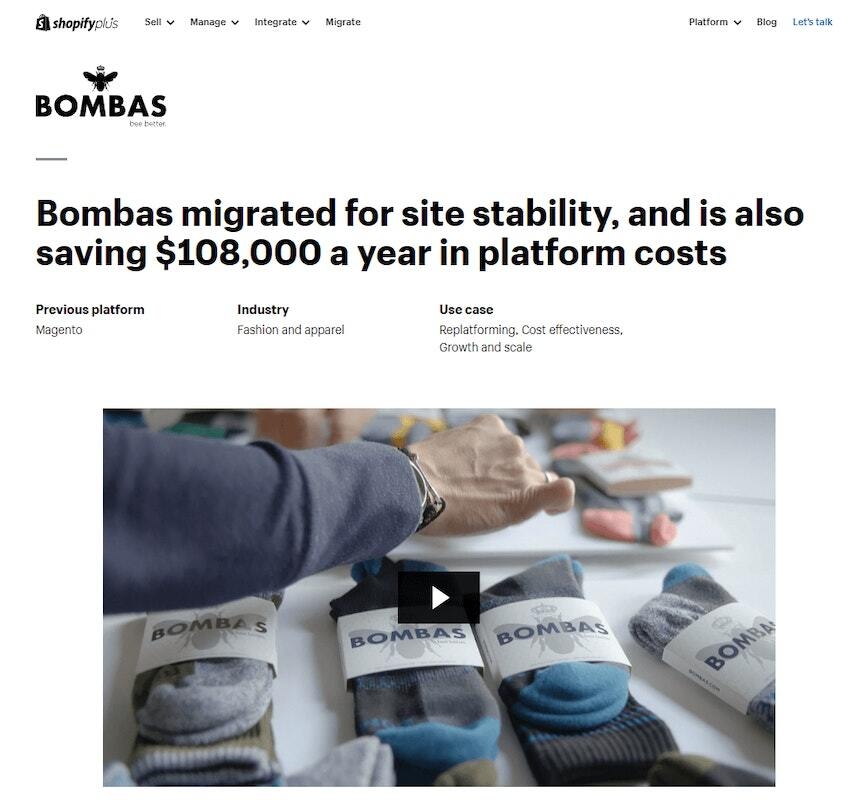 Shopify case study example
Shopify case study example
What works: Shopify includes a video in their case study, as well as multiple eye-catching images of Bombas products. This ensures that the case study serves both companies, possibly generating customer interest in Bombas socks.
6. Outfunnel | Alight Analytics

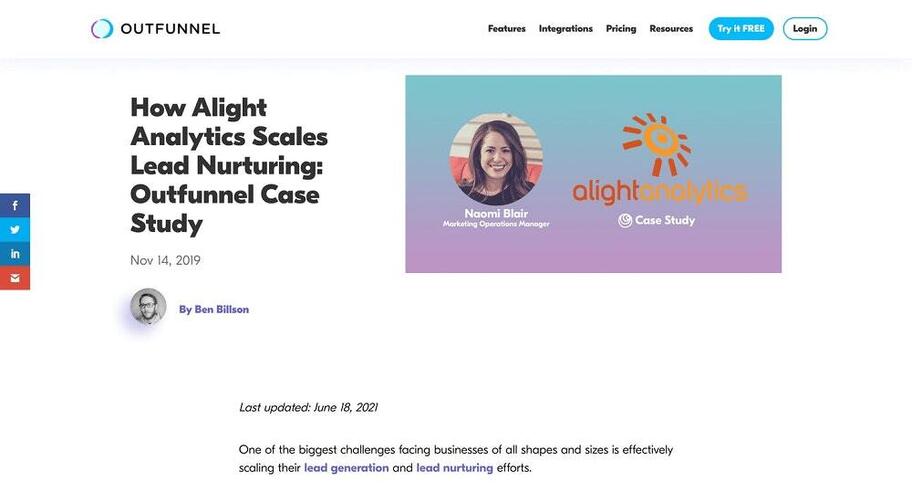
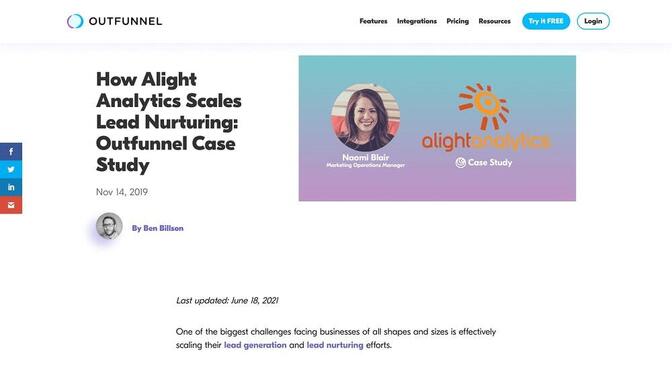
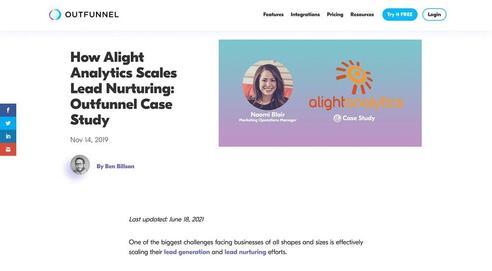
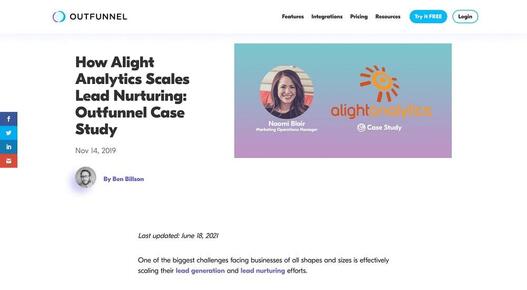 Outfunnel case study example
Outfunnel case study example
What works: Outfunnel has repurposed its case study into a blog post, which increases its visibility. The study is also full of client quotes, which adds valuable social proof.
7. Sapling | Zapier
 Sapling case study example
Sapling case study example
What works: Sapling also shares quick preliminary information about Zapier on the left panel and includes several screenshots to show the impact of their product on the company’s processes.
8. BigCommerce | Skullcandy
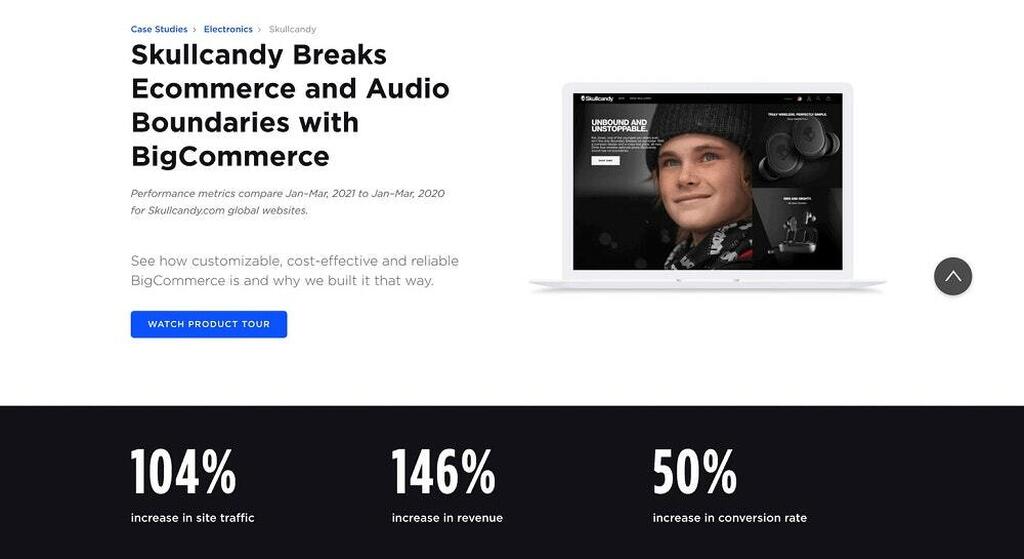

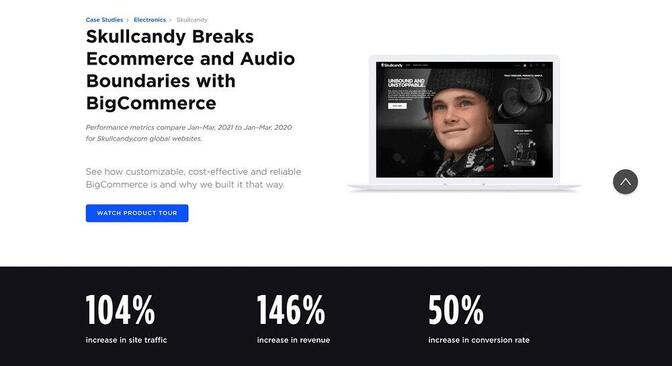
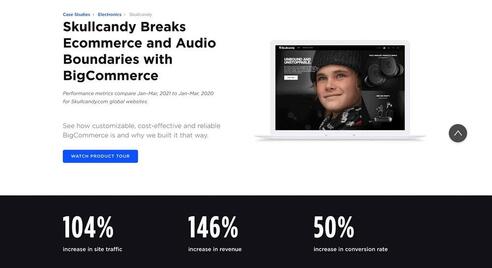
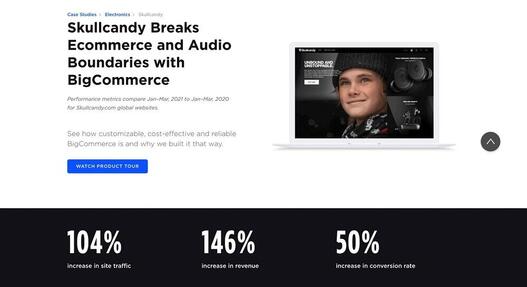 BigCommerce case study example
BigCommerce case study example
What works: The quick metrics in bold hit readers quickly and highlight BigCommerce expertise to potential customers even before they read the entire case study.
9. Google Ads | L’Oreal




 Google ads case study for L'Oreal
Google ads case study for L'Oreal
What works: Video format. Few things beat hearing the client praise the service and explain the process and results of the campaign in their own words.
10. ActiveCampaign | Your Therapy Source

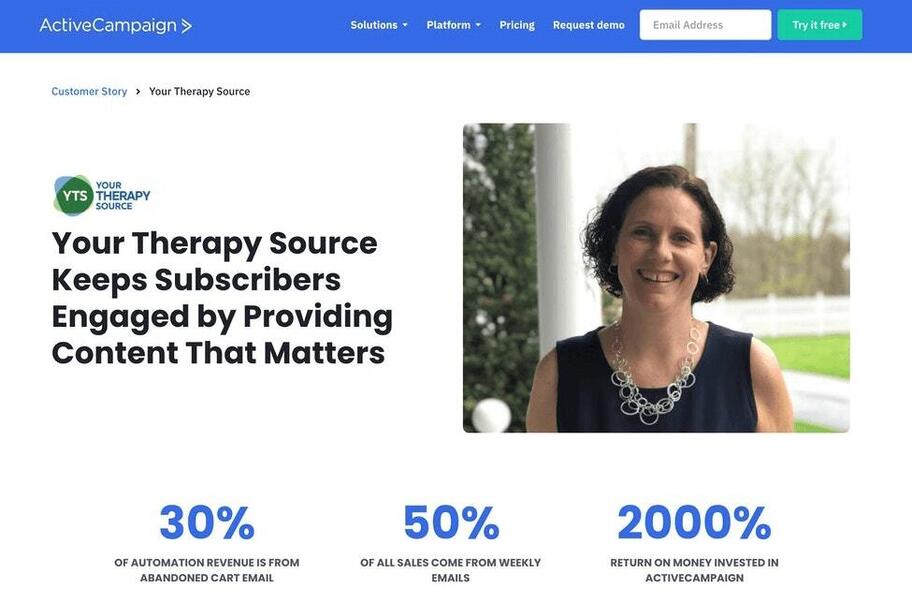
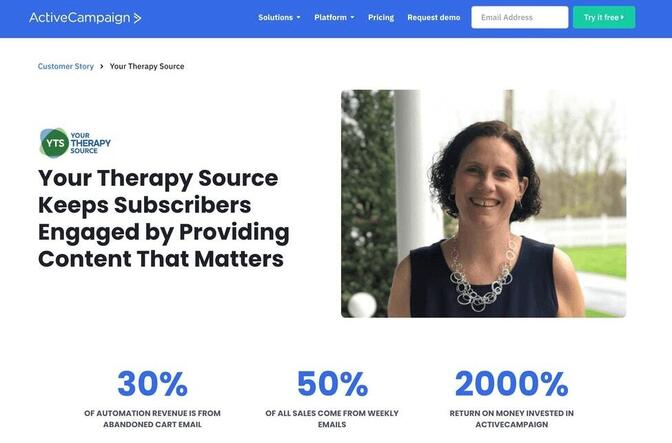
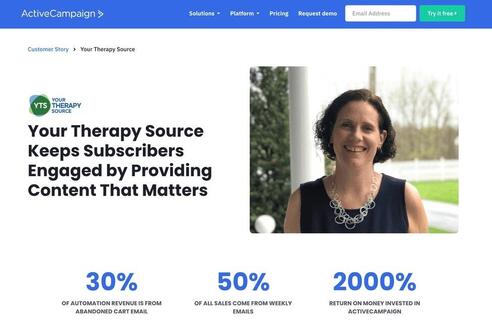
 ActiveCampaign case study example
ActiveCampaign case study example
What works: ActiveCampaign efficiently showcases the problems and solutions before delving into how they helped the client achieve desired results.
11. Intuit | Xenex Healthcare
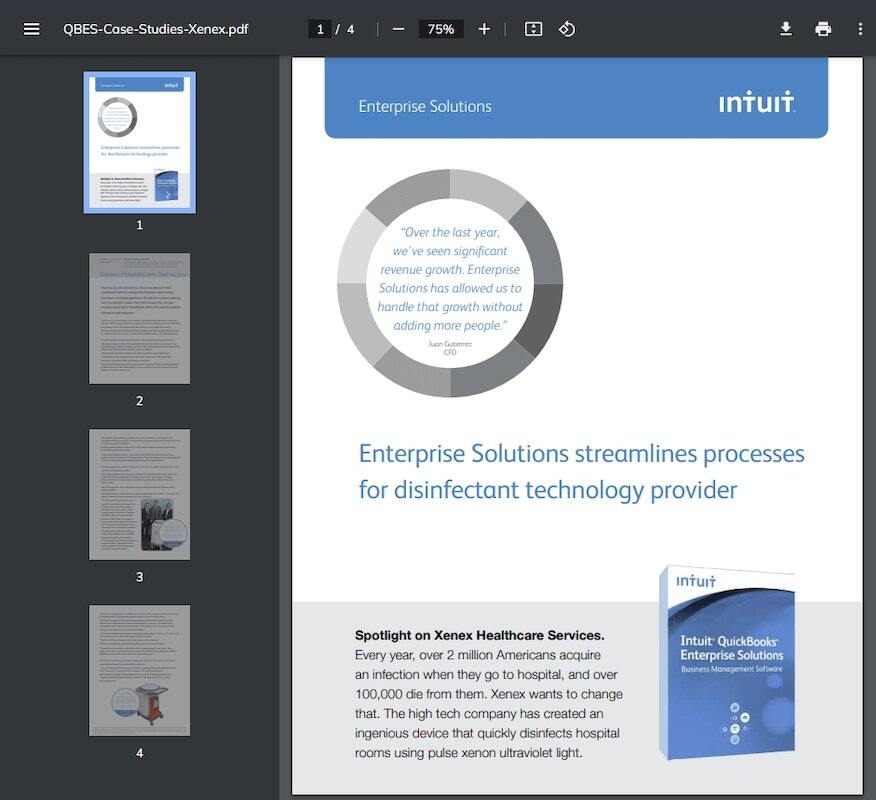 Intuit case study example
Intuit case study example
What works: The main benefit is highlighted on the first page of the PDF and the rest of the study delves into the process and the nitty-gritty of the product’s impact.
12. Grayscale | Upwork
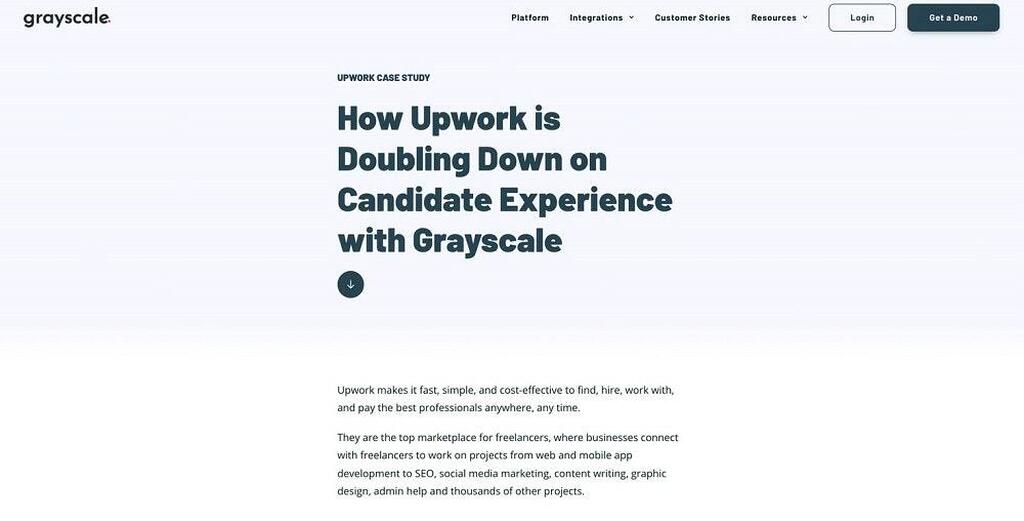
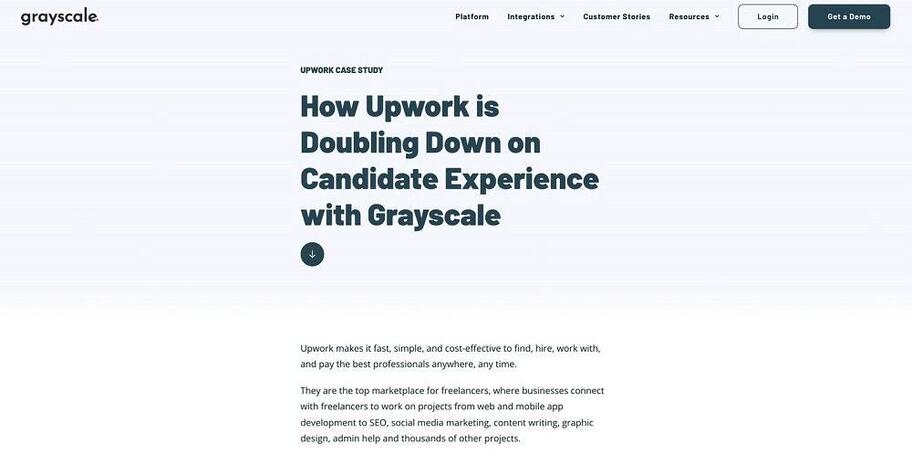
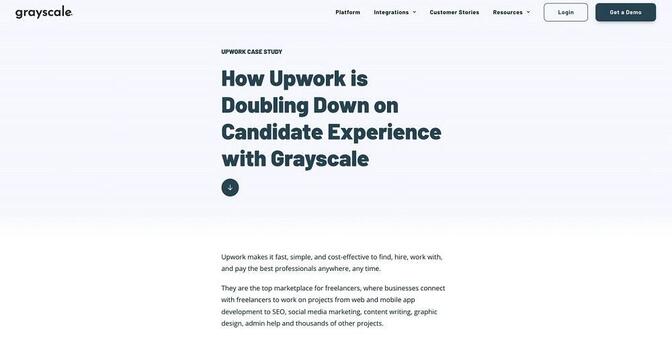
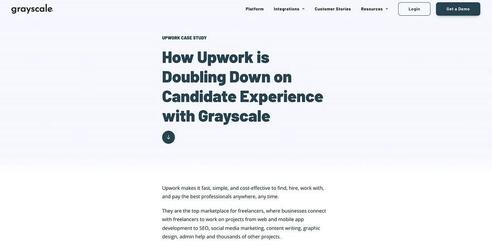
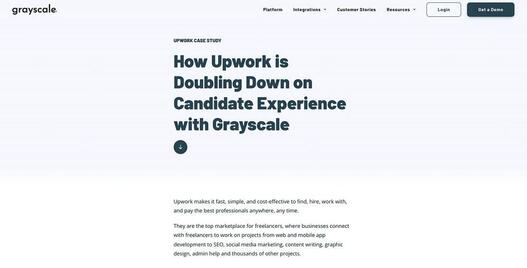 Grayscale case study
Grayscale case study
What works: This page features minimal text. It focuses on quotes from decision-makers at Upwork and ends with a call-to-action that will likely drive conversions.
How to write your own case study
How can you write engaging, effective case studies like the examples above? Here are six steps.
1. Identify a worthy case
Think of projects—either for yourself or for clients—that got outstanding results. Then, whittle it down to the cases that your target audience is most likely to relate to, perhaps because they experience the same problem or have the same goal as in the case.
2. Reflect on your chosen case
Once you’ve decided on the case you’ll start with, do some deeper reflection on the details. What was the project goal? What challenges did you encounter along the way? How did you overcome them to reach your goal?
3. Think about differentiation
Take the last step even further and think of anything you did differently than others might. Did you an experimental tactic or strategy or create a custom solution? If so, use those details to subtly show potential customers why they should be interested in what you have to offer.
4. Gather quotes
Next, get hard-hitting quotes from project stakeholders or clients. Having their thoughts on goals, project obstacles, the solutions provided, and the outcomes will make your description of the case more credible.
5. Draft your case study
Time to turn the details you’ve compiled into a case study draft. How? We’ll talk about the best format for case studies shortly.
6. Add visuals
Next, create visuals that will reinforce the main points of your case study. These could include:
- Charts or screenshots to show the change in metrics before and after the project
- An infographic to give a brief visual overview of the case
- Pictures of deliverables (e.g. a web design agency might show a picture of the new site it designed for a client)
- Product images such as screenshots from within your software that was used on the project
After any designated reviewers and approvers give their stamp of approval on the case study, it’s ready to be published and promoted!










